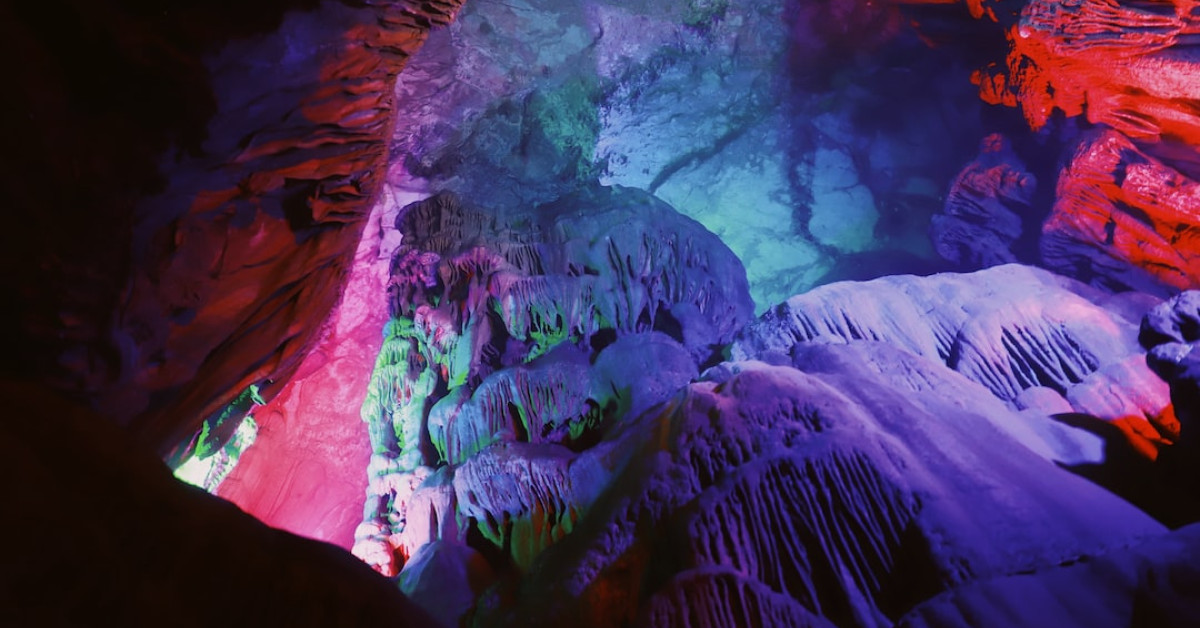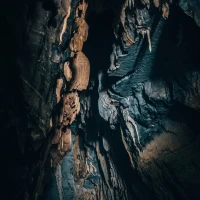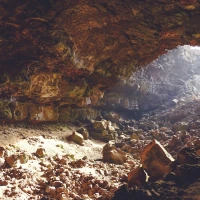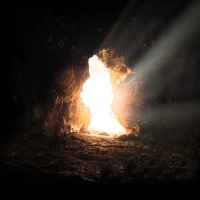Cave diving is an exhilarating and challenging activity that allows divers to explore the hidden wonders of underwater caves. However, the unique environment of cave systems presents a host of navigational challenges that can be daunting even for seasoned divers. In this article, we will delve into the essential navigation techniques for cave divers, exploring the tools, skills, and strategies necessary for safe and successful exploration. Whether you are a beginner cave diver or an experienced enthusiast, mastering these techniques will enhance your diving experience and ensure your safety in this mysterious and captivating underwater world.
Understanding the Cave Environment
Before we dive into the specific navigation techniques for cave diving, it is crucial to understand the unique characteristics of cave systems. Unlike open water diving, cave diving takes place in enclosed and often narrow spaces, where natural light may not penetrate. The absence of natural light in deep cave systems adds an extra level of challenge to navigation.
The Importance of Proper Training
Given the unique challenges and risks involved in cave diving, it is essential to undergo proper training before attempting any cave dives. Cave diving is classified as an advanced diving discipline, requiring specialized knowledge, skills, and equipment. Enrolling in a cave diving course offered by accredited organizations such as the National Association for Cave Diving (NACD) or the Cave Divers Association of Australia (CDAA) ensures that divers receive comprehensive training in navigation techniques, safety procedures, and emergency protocols.
Cave Mapping and Exploration
Mapping the unknown is a significant aspect of cave diving. Cave divers often play a crucial role in exploring and mapping new cave systems, contributing to scientific research and expanding our understanding of these hidden aquatic environments. Proper navigation techniques are fundamental in conducting accurate cave mapping. By following established protocols and utilizing the right tools, cave divers can create detailed maps that aid future expeditions and ensure safe exploration.
Key Tools for Cave Navigation
Navigating in a cave requires specialized equipment and tools designed to overcome the unique challenges presented by the cave environment. The following are essential tools and equipment used by cave divers for navigation:
1. Primary and Secondary Dive Lights
The primary dive light is the diver’s primary source of illumination in the cave. It should be reliable, bright, and provide a long-lasting battery life. A secondary dive light serves as a backup in case the primary light fails. Cave divers often opt for canister lights with extended burn times to ensure they have sufficient illumination throughout their dives.
2. Guidelines and Reels
Guidelines are essential for maintaining a clear path during a cave dive. Cave divers use guidelines to create a connection between the cave entrance and the furthest point of penetration. This line acts as a visual reference and guide for the divers, ensuring they can find their way back. Reels are used to deploy and retrieve the guideline, allowing divers to explore new passages while maintaining a secure connection to the entrance.
3. Compass and Navigation Tools
Navigating in a cave often requires precise compass readings and the use of additional navigation tools. A reliable compass that provides accurate headings is crucial for cave divers to maintain their bearings underwater. In addition to a compass, cave divers may use other instruments such as depth gauges, dive computers, and underwater GPS devices to assist in navigation and maintaining situational awareness.
Putting it All Together: Essential Navigation Techniques
Now that we have covered the tools and equipment essential for cave navigation let’s explore the techniques that will enable divers to navigate through the complex cave environment effectively.
1. Pre-Dive Planning
Proper pre-dive planning is crucial for a successful and safe cave dive. This includes mapping out the dive route, identifying entry and exit points, analyzing potential hazards, and setting dive limits. A thorough understanding of the cave system and its unique features is essential to plan the dive effectively. Divers should also inform a trusted person about their dive plan, including expected time of return, as an added safety measure.
2. Awareness of Natural Landmarks
One of the primary navigation techniques used in cave diving is the recognition and reliance on natural landmarks. These landmarks can be geological formations, distinctive rock features, or even the direction of water flow. By familiarizing themselves with these natural landmarks during pre-dive planning, divers can use them as reference points underwater to navigate through the cave system.
3. Continuous Guideline Awareness
Maintaining continuous awareness of the guideline is paramount in cave diving. Divers should always remain within sight of the guideline to ensure they can find their way back. By keeping a hand on the guideline or maintaining constant visual contact, divers can easily retrace their steps and navigate through the cave, even in low visibility conditions.
4. Touch Contact Technique
The touch contact technique is a vital skill that allows divers to maintain spatial awareness and navigate in situations where visibility is reduced or completely absent. By gently touching the cave walls or guidelines, divers can create a mental map of the cave system and use tactile feedback to navigate while maintaining constant contact with the guideline.
5. Team Communication and Safety Protocols
Clear and effective communication is essential for safe cave navigation. Before the dive, divers should establish hand signals and procedures to communicate important information underwater. Regularly checking in with dive buddies, maintaining visual contact, and utilizing predetermined emergency communication protocols are crucial for ensuring the safety and well-being of all team members.
6. Proper Use of Natural Light
Natural light, although limited in most cave systems, can provide valuable cues for navigation. Being aware of the direction of light sources can help divers maintain their orientation and determine the location of entry and exit points. Additionally, cave divers can use their primary dive light to cast shadows and create visual references to aid in navigation.
7. Pacing and Time Management
Cave divers should develop a sense of pacing and time management to ensure they can exit the cave comfortably within their planned dive limits. By keeping track of elapsed time and monitoring air supply, divers can maintain situational awareness and make informed decisions about when to turn back and return to the entrance.
Conclusion
Cave diving is an exciting and challenging endeavor that requires specialized skills and techniques to navigate safely through the complex underwater environment. By mastering the essential navigation techniques discussed in this article, divers can explore the unknown depths of underwater caves with confidence and ensure their own safety and the safety of their team members. Remember that proper training is essential before attempting cave dives, and always prioritize safety by following established protocols and using the necessary equipment. With the right tools, skills, and mindset, mapping the unknown can be a thrilling and rewarding experience for cave divers.










